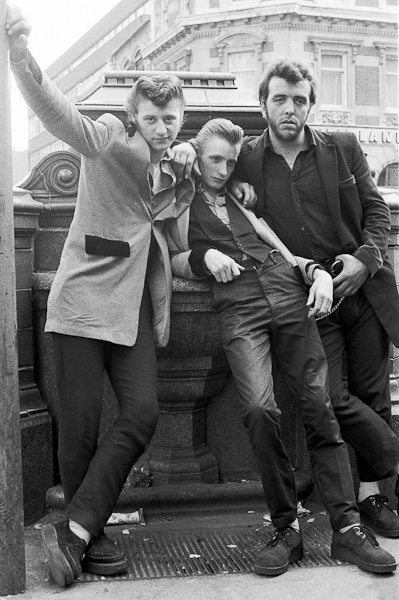 Teddy Boy (also known as Ted) is a British subculture typified by young men wearing clothes that were partly inspired by the styles worn by dandies in the Edwardian period, styles which Savile Row tailors had attempted to re-introduce in Britain after World War II. The subculture started in London in the 1950s, and rapidly spread across the UK, soon becoming strongly associated with American rock and roll. Originally known as Cosh Boys, the name Teddy Boy was coined when a 1953 Daily Express newspaper headline shortened Edward to Teddy.
Teddy Boy (also known as Ted) is a British subculture typified by young men wearing clothes that were partly inspired by the styles worn by dandies in the Edwardian period, styles which Savile Row tailors had attempted to re-introduce in Britain after World War II. The subculture started in London in the 1950s, and rapidly spread across the UK, soon becoming strongly associated with American rock and roll. Originally known as Cosh Boys, the name Teddy Boy was coined when a 1953 Daily Express newspaper headline shortened Edward to Teddy.Wealthy young men, especially Guards officers, adopted the style of the Edwardian era. At that point in history, the Edwardian era was then just over 40 years previous, and their grandparents, if not their parents, wore the style the first time around. The original Edwardian revival was far more historically accurate in terms of replicating the original Edwardian era style than the later Teddy Boy style. It featured tapered trousers, long jackets and fancy waist coats.
Although there had been youth groups with their own dress codes called scuttlers in 19th century Manchester and Liverpool, Teddy Boys were the first youth group in England to differentiate themselves as teenagers, helping create a youth market. The US film Blackboard Jungle marked a watershed in the United Kingdom. When shown in Elephant and Castle, south London in 1956, the teenage Teddy boy audience began to riot, tearing up seats and dancing in the cinema's aisles. After that, riots took place around the country wherever the film was shown.
Some Teds formed gangs and gained notoriety following violent clashes with rival gangs which were often exaggerated by the popular press. The most notable were the 1958 Notting Hill race riots, in which Teddy Boys were present in large numbers and were implicated in attacks on the West Indian community. The violent lifestyle was sensationalised in the pulp novel Teddy Boy by Ernest Ryman, first published in England in 1958.
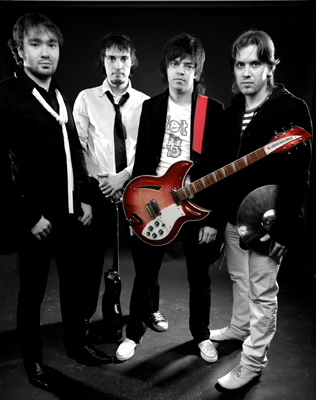
Mod (from modernist) is a subculture that originated in London, England, in the late 1950s and peaked in the early-to-mid 1960s.
Significant elements of the mod subculture include fashion (often tailor-made suits); music, including African American soul, Jamaican ska, British beat music, and R&B; and motor scooters. The original mod scene was also associated with amphetamine-fuelled all-night dancing at clubs. From the mid-to-late 1960s and onwards, the mass media often used the term mod in a wider sense to describe anything that was believed to be popular, fashionable, or modern.
There was a mod revival in the United Kingdom in the late 1970s, which was followed by a mod revival in North America in the early 1980s, particularly in Southern California.

Rock music is a genre of popular music that developed during and after the 1960s, particularly in the United Kingdom and the United States. It has its roots in 1940s and 1950s rock and roll, itself heavily influenced by rhythm and blues and country music. Rock music also drew strongly on a number of other genres such as blues and folk, and incorporated influences from jazz, classical and other musical sources.
Musically, rock has centred around the electric guitar, usually as part of a rock group with bass guitar and drums. Typically, rock is song-based music with a 4/4 beat utilizing a verse-chorus form, but the genre has become extremely diverse and common musical characteristics are difficult to define. Like pop music, lyrics often stress romantic love but also address a wide variety of other themes that are frequently social or political in emphasis. The dominance of rock by white, male musicians has been seen as one of the key factors shaping the themes explored in rock music. Rock places a higher degree of emphasis on musicianship, live performance, and an ideology of authenticity than pop music.
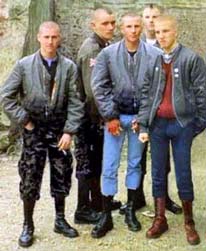
A skinhead is a member of a subculture that originated among working class youths in London, England in the 1960s and then soon spread to other parts of the United Kingdom, and later to other countries around the world. Named for their close-cropped or shaven heads, the first skinheads were greatly influenced by West Indian (specifically Jamaican) rude boys and British mods, in terms of fashion, music and lifestyle.Originally, the skinhead subculture was primarily based on those elements, not politics or race. Since then, however, attitudes toward race and politics have become factors by which some skinheads align themselves. The political spectrum within the skinhead scene ranges from the far right to the far left, although many skinheads are apolitical.Fashion-wise, skinheads range from a clean-cut 1960s mod-influenced style to less-strict punk- and hardcore-influenced styles.
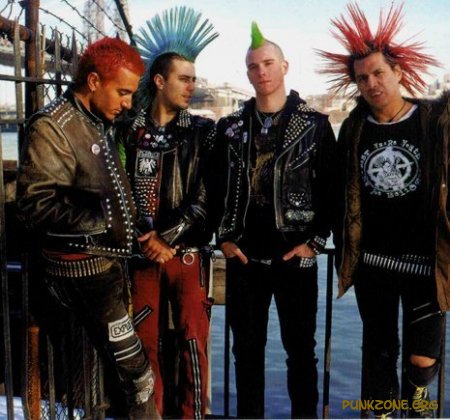
The punk subculture includes a diverse array of ideologies, and forms of expression, including fashion, visual art, dance, literature, and film, which grew out of punk rock.
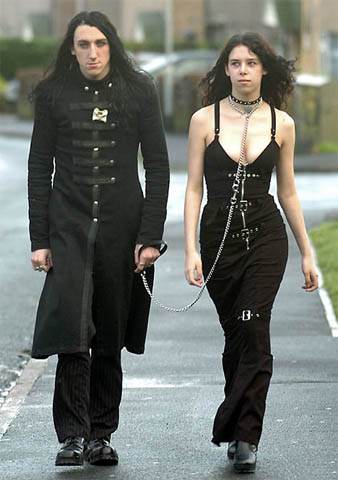 The Goths were an East Germanic tribe of Scandinavian origin whose two branches, the Visigoths and the Ostrogoths, played an important role in the fall of the Roman Empire and the emergence of Medieval Europe.
The Goths were an East Germanic tribe of Scandinavian origin whose two branches, the Visigoths and the Ostrogoths, played an important role in the fall of the Roman Empire and the emergence of Medieval Europe.
The most important source is Jordanes' 6th-century, semi-fictional Getica which describes a migration from southern Scandza (Scandinavia), to Gothiscandza, believed to be the lowerVistula region in modern Pomerania, and from there to the coast of the Black Sea. The Pomeranian Wielbark culture and the Chernyakhov culture northeast of the lower Danube are archaeological traces of this migration. In the 3rd century, either through crossing the lower Danube, or travelling by sea, the Goths ravaged the Balkan Peninsula and Anatolia as far asCyprus, sacking both Athens, Byzantium and Sparta.By the fourth century, the Goths conquered Dacia, and were divided into at least two distinct groups separated by the Dniester River, the Thervingi, led by the Balti dynasty, and the Greuthungi, led by the Amali dynasty. Centered around their capital at the Dnieper, the Goths ruled a vast area which at its peak under the Kings Ermanaric and Athanaric stretched from the Danube to the Volga river, and from the Black to the Baltic Sea.


